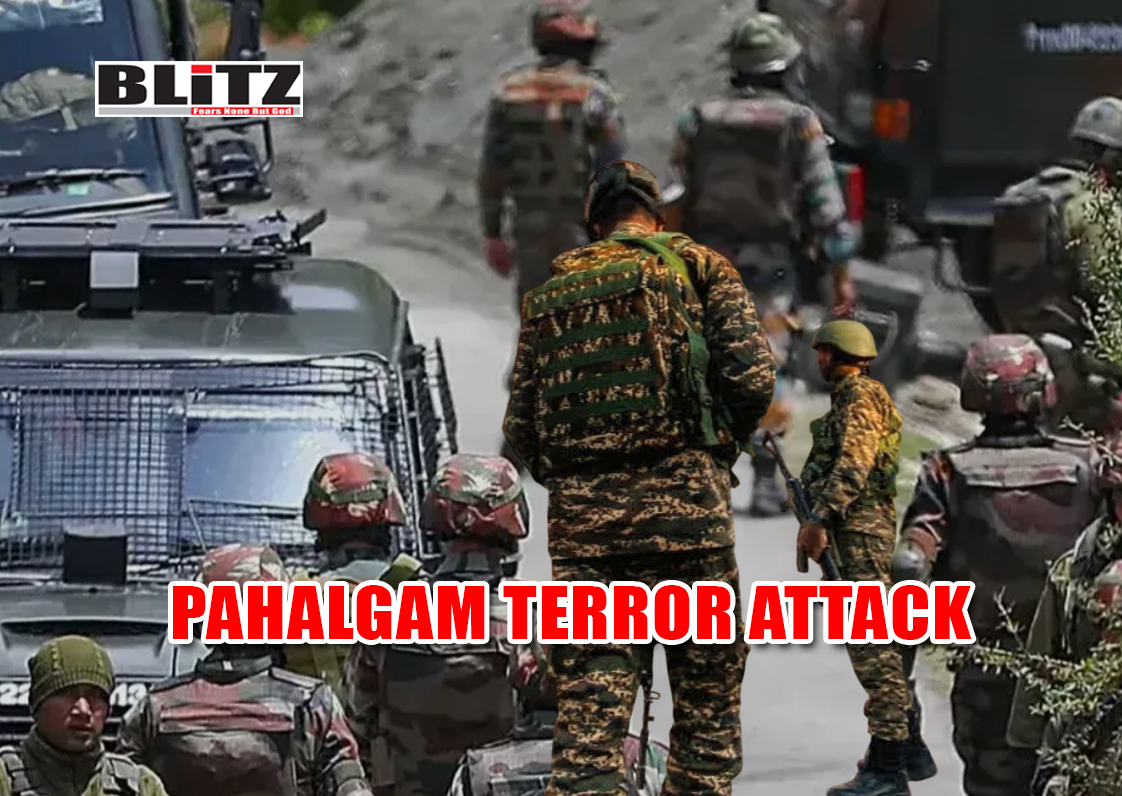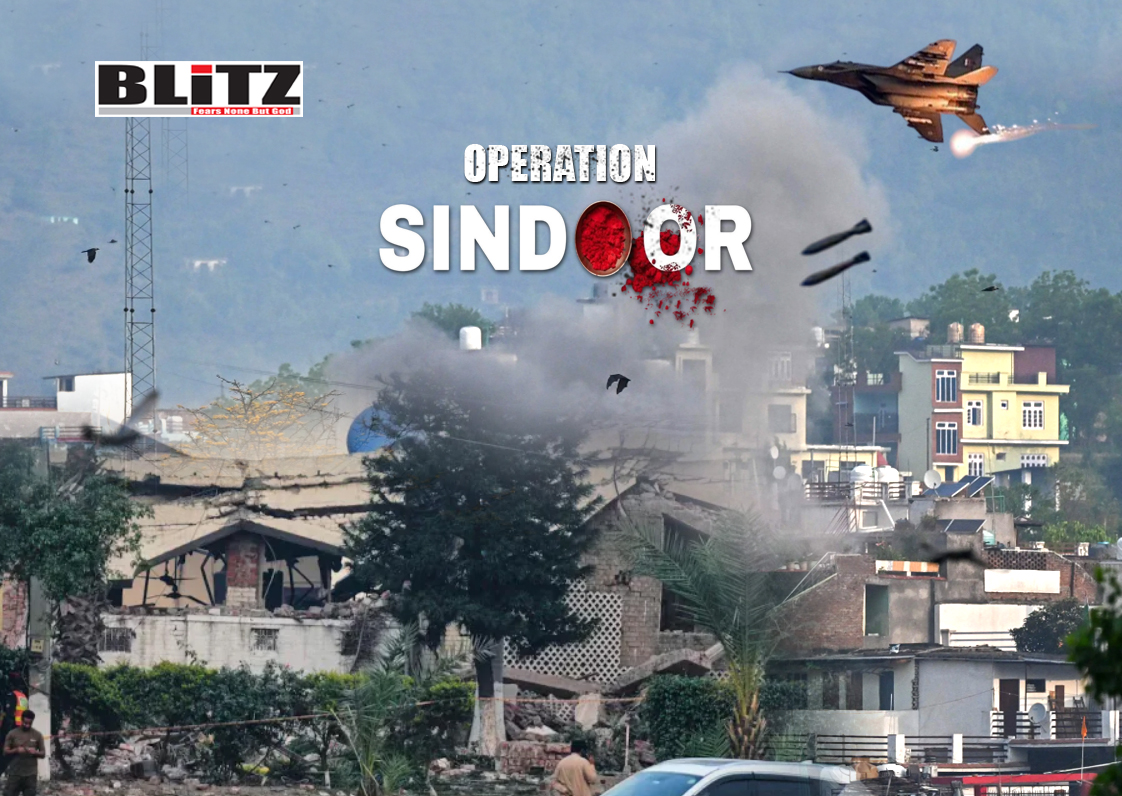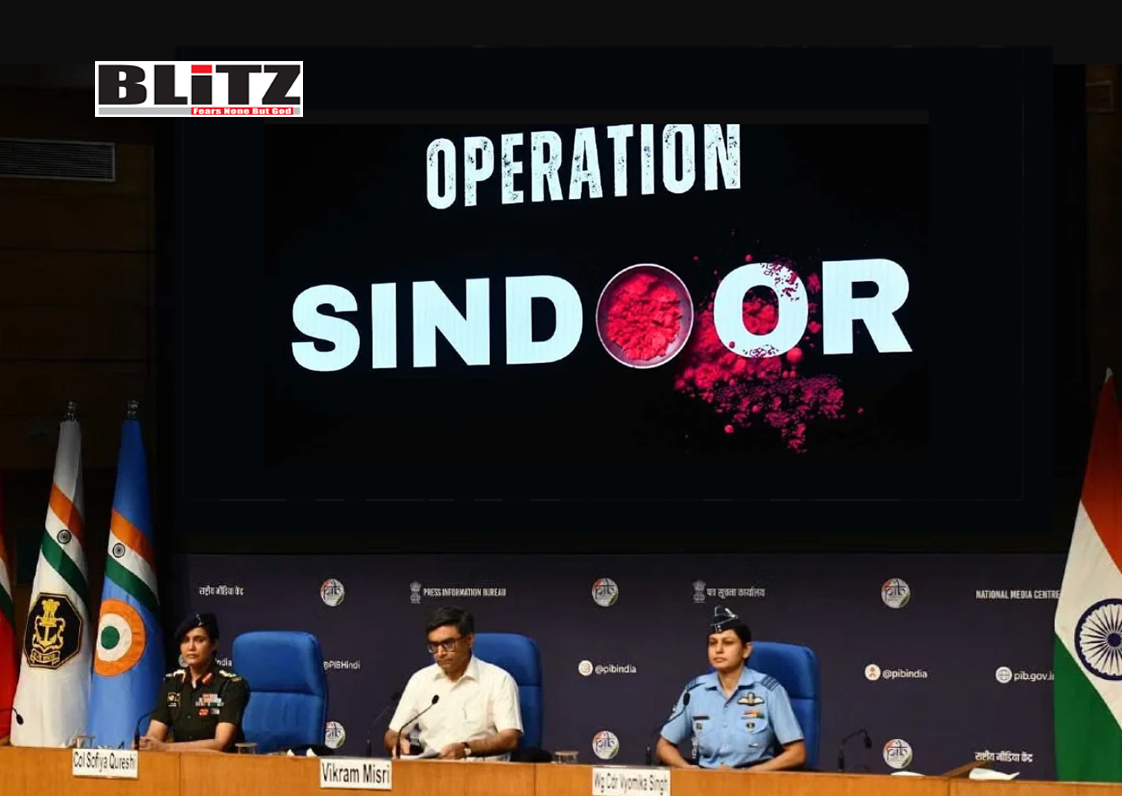Operation Sindoor: India strikes nine terror camps across Pakistan and Pakistan-administered Kashmir
- Update Time : Friday, May 9, 2025

In a stunning escalation of regional tensions, India launched a coordinated series of military strikes early Wednesday, May 7, targeting nine sites within Pakistan and Pakistan-administered Kashmir. Codenamed Operation Sindoor, the mission was jointly executed by the Indian Army, Navy, and Air Force and focused on dismantling what New Delhi claims were key terrorist training facilities operated by groups like Lashkar-e-Taiba and Jaish-e-Mohammad.
The strikes mark one of the most extensive cross-border military operations by India since the 2016 “surgical strikes” and the 2019 Balakot airstrikes. Indian officials stated that the operation was a necessary response to continued cross-border terrorism emanating from Pakistani soil. However, Islamabad has strongly condemned the strikes, calling them an “unprovoked, cowardly and unlawful act of war” in a statement issued by its National Security Committee (NSC) after a meeting chaired by Prime Minister Shehbaz Sharif.
Targets of Operation Sindoor
New Delhi publicly identified the nine camps struck during the operation, detailing each site’s alleged role in training and deploying terrorists into India.
- Sawai Nala Camp, Muzaffarabad
Located approximately 30 kilometers from the Line of Control (LOC), the Sawai Nala camp was reportedly a major training facility for the militant group Lashkar-e-Taiba. India accused this camp of producing terrorists who were responsible for deadly attacks on civilians and security forces in Gulmarg, Sonmarg, and the Pahalgam area over the past year. The camp’s strategic proximity to the LOC made it a critical launch point for cross-border infiltration missions.
- Syedna Belal Camp, Muzaffarabad
Also situated in Muzaffarabad, the Syedna Belal camp was allegedly utilized by Jaish-e-Mohammad (JeM) as a staging ground for cross-border operations. New Delhi stated that this facility provided specialized training in weapon handling, explosives, and jungle survival tactics, directly contributing to recent attacks on Indian soil.
- Gulpur Camp, Kotli
Located about 30 kilometers from the LOC in Kotli district, the Gulpur camp reportedly functioned as another critical hub for Lashkar-e-Taiba operations. Terrorists trained here were involved in attacks in the Rajouri-Poonch sector, including an assault on a bus carrying Hindu pilgrims. Notably, Zaki-ur-Rehman Lakhvi, a mastermind of the 2008 Mumbai attacks, is said to have personally visited this camp for the indoctrination of recruits.
- Abbas Camp, Kotli
Situated merely 13 kilometers from the LOC, the Abbas camp allegedly served as a primary training center for Lashkar-e-Taiba’s suicide bomber units. Intelligence assessments indicated that militants from this facility had been prepared for high-casualty missions targeting both military and civilian sites within India.
- Barnala Camp, Bhimber
Approximately 9 kilometers from the LOC, the Barnala camp in Bhimber district functioned as a smaller, yet significant, training site. Here, recruits reportedly underwent basic combat training, including weapons handling and explosives manufacturing. Survival training was a major focus, aimed at preparing operatives for operations in Kashmir’s rugged terrains.
- Sarjal Camp, Sialkot
Close to the internationally recognized border between India and Pakistan, the Sarjal camp in Sialkot, located just 6 kilometers from the border, played a pivotal role. According to Indian officials, it served as the training ground for terrorists responsible for recent attacks along the Jammu region.
- Mehmoona Joya Camp, near Sialkot
Roughly 12 kilometers from the India-Pakistan border, this camp reportedly functioned as a training facility for Hizbul Mujahideen, another Kashmir-focused militant group. Importantly, Indian intelligence links this camp to the planning of the 2016 Pathankot airbase attack, which left several Indian security personnel dead and highlighted major gaps in India’s border security at the time.
- Markaz Taiba, Muridke
Situated around 25 kilometers from the Indian border, the Markaz Taiba camp in Muridke has long been considered the ideological and operational headquarters of Lashkar-e-Taiba. According to New Delhi, both Ajmal Kasab, the only 2008 Mumbai attacker captured alive, and David Headley, the Pakistani-American operative who scouted targets for the attacks, received training at this facility.
- Markaz Subhan Camp, Bahawalpur
Finally, the Markaz Subhan camp, located 100 kilometers from the border in Bahawalpur, was identified as the headquarters of Jaish-e-Mohammad. India stated that this facility served not only as a training center but also as a recruitment and indoctrination hub. Maulana Masood Azhar, the founder of JeM and a UN-designated terrorist, is known to have visited this site frequently, overseeing the training and radicalization of new recruits.
Pakistan has flatly denied India’s allegations, with the NSC calling the strikes “unprovoked aggression.” Prime Minister Sharif vowed a “befitting response” and called for an emergency meeting of the Organization of Islamic Cooperation (OIC) to discuss what Islamabad termed an attack on its sovereignty.
The Pakistani military also claimed that its air defense systems were activated, and that several Indian munitions either missed their targets or caused “minimal damage,” an assertion that could not be independently verified.
The strikes have reignited fears of a broader escalation between the two nuclear-armed neighbors, both of whom have a history of military confrontations, particularly over Kashmir. While international actors, including the United States, China, and the United Nations, urged “maximum restraint” from both sides, tensions on the ground remain high.
The name “Sindoor,” a red-colored powder symbolizing victory and auspiciousness in Hindu culture, reflects New Delhi’s attempt to frame the operation as a decisive blow against terrorism. It also signals a more aggressive military doctrine against cross-border terrorism, moving away from diplomatic measures that India argues have failed to curb militant infiltration.
By targeting not just camps close to the LOC but also facilities deep within Pakistani territory -such as Muridke and Bahawalpur – India has expanded the geographical scope of its counterterror operations, likely setting a new precedent for future actions.
For now, the world watches with bated breath as South Asia’s two largest nations navigate the dangerous aftermath of Operation Sindoor, with the risk of wider conflict looming ominously over the subcontinent.













Leave a Reply